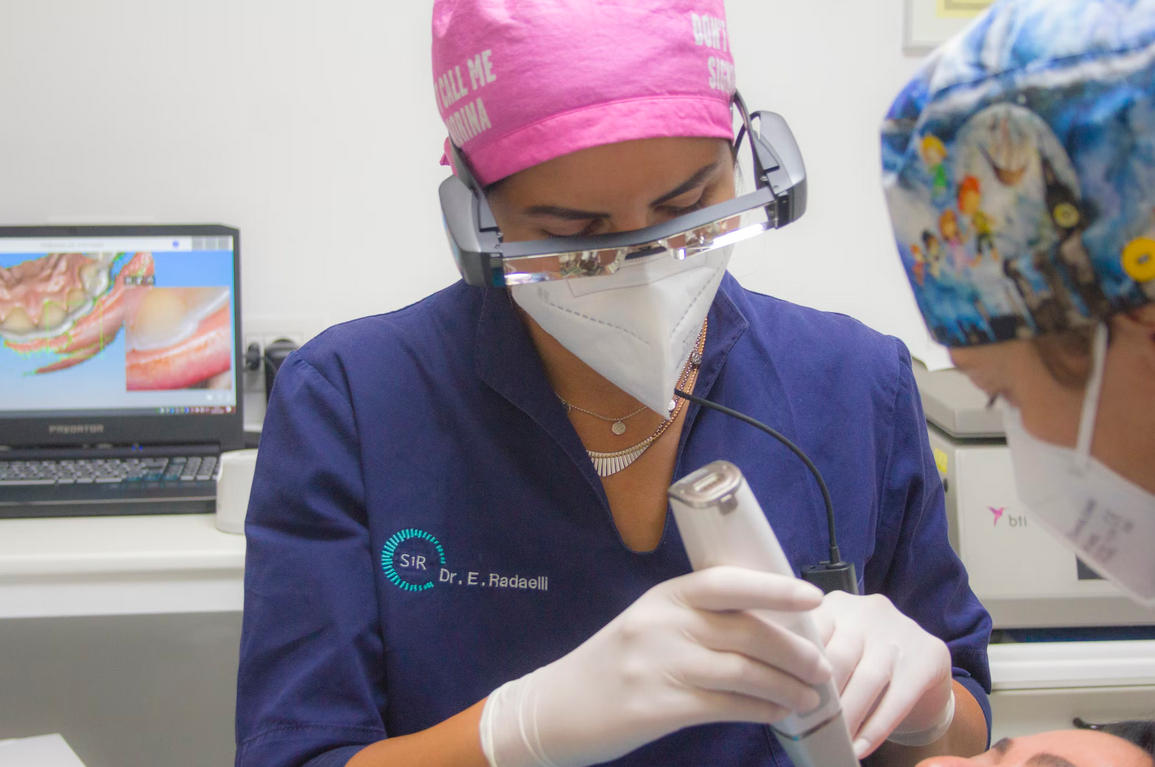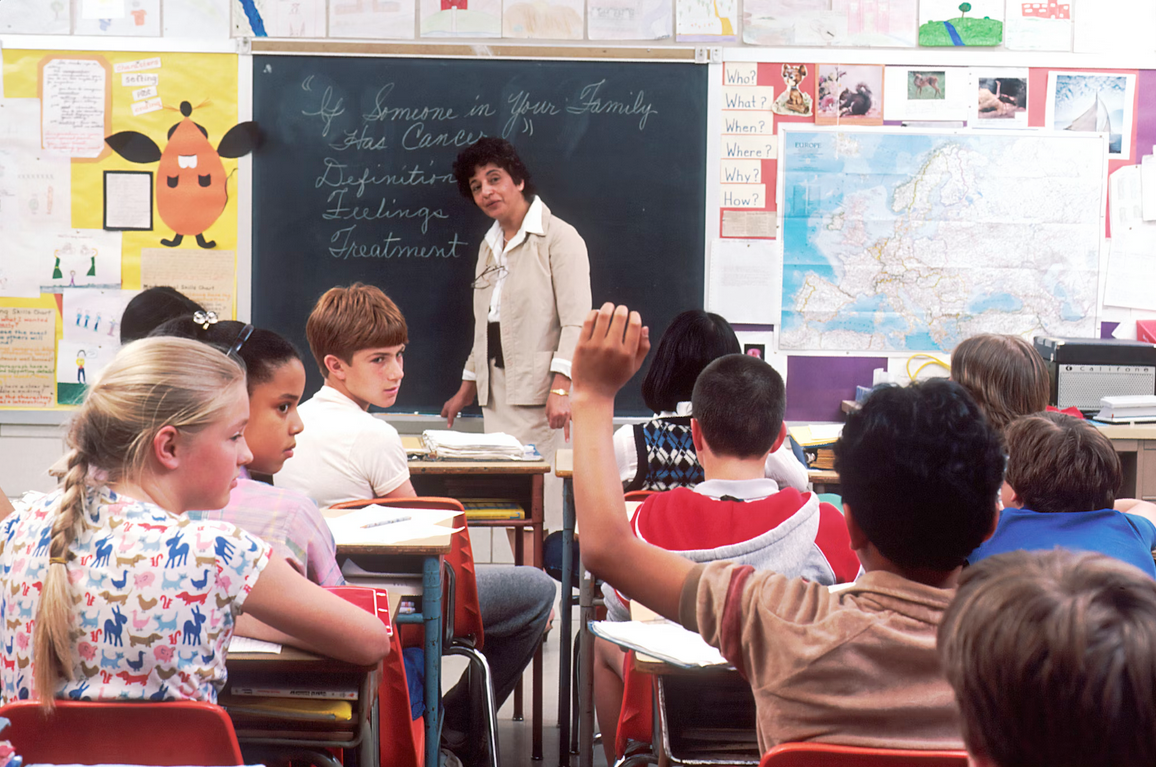
Experienced UIUC graduate student specializing in Math, Computer Science, and Writing
Availability:
Every day, 10:00am-10:00pm PST
Subjects:
Math
Computer Science
Writing
Microschools: Beyond the Buzzwords
Last Updated:

- Microschools are a fresh take on education that emphasizes close-knit communities where individual children’s needs are more personally addressed.
- Each one has different styles and ideas, but most have small class sizes, project-based learning, and personalized curriculums.
- For many parents, the COVID quarantine was the final straw with their dissatisfaction with public schools, so they seek alternatives like microschools.
While the COVID quarantines were hard on everyone, students were especially impacted by the global disruption to their education and social lives. Many parents have been critical of underfunded and under-resourced classrooms in conventional schools for a while, but the pandemic caused a severe strain during the sudden transition to remote learning that gave parents a push to explore alternatives.
Microschools are a fresh take on education that emphasizes close-knit communities where individual children’s needs are more personally addressed. They value flexible personalization over rigid standards, community support over competitive rat races, and hands-on learning over passive lecturing.
While they can come in many different formats and systems, here are some common features:
Small Class Sizes
Unlike public schools such as Amador Valley High School or Foothill High School that have thousands of students, microschools rarely have more than a couple hundred students, sometimes with just 5-20 students in a cohort. This means each student receives more attention from both their peers and their teachers, and the personal connections form a tightly bonded community that grows together.
Multi-Age Classrooms
Microschools are partly inspired by old schoolhouses that had one teacher in one room with students of multiple ages. This is part of the reason the sense of community is strong in microschools. There are layers of mentors available to younger students and older students develop a sense of responsibility over their mentees.
Personalized Learning
Microschools emphasize individual learning plans so that each student’s unique needs and interests can be accounted for. Because teachers aren’t stretched thin between 20, 30, or even more students at a time, they have the mental bandwidth to adjust the curriculum for each student.
Blended Learning
While traditional schools require students to sit through a series of lectures every day, microschools often mix remote asynchronous learning with in-person synchronous learning. This has a number of benefits: it’s more efficient, it builds independence, and it provides flexibility. In fact, many argue it’s better preparation for a college schedule and responsibility system than conventional schools.
Project-Based Learning
Due to their packed classrooms, teachers often have to rely on the formula of lectures, homework assignments, and tests to educate and evaluate their students. Microschools are small enough for teachers to guide students through real-world projects that cut across disciplines and require practical life skills. This cultivates critical thinking, creativity, and problem-solving abilities in students.
Guidance and Facilitation
Another way microschools circumvent the traditional lecture model is to explore the material by facilitating discussions. Instead of just passing on information to students, teachers encourage students to be active participants in discovering facts about the world. Their unique sense of curiosity can be nurtured so that they form personal connections with the material that will give them motivation throughout their whole schooling.
Community and Family Integration
Because microschools are more intimate environments for students, their families and communities have the chance to be meaningfully involved in their education. They can be a valuable source of support for students and even play a role in the day-to-day functioning of the school, especially for local real-world projects.
Flexible Learning Models
As mentioned before, microschools have many different shapes, which allows students and parents to find the version that works best for them. Some adopt learning approaches like Montessori, Waldorf, learner-directed, or unschooling models.
But Nothing is Perfect
For all the amazing benefits microschools can have for a family, there are some limitations to be aware of too. Microschools may not have the same resources like advanced science labs. Because the schools are independently run, there can be a lot of variance in quality. If you’re considering microschooling, make sure you do your due diligence to ensure that the quality of teachers and resources meets your needs.
If you’re not quite ready to make the leap to microschools for your kids, but you still have concerns about traditional schools, consider supplementing their education with a tutor! We apply a lot of the same flexibility and personalization as microschools do, and some of us also tutor students in groups to build a collaborative environment. Feel free to reach out to us here.





